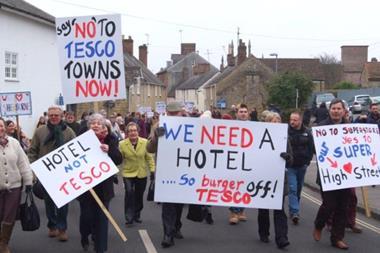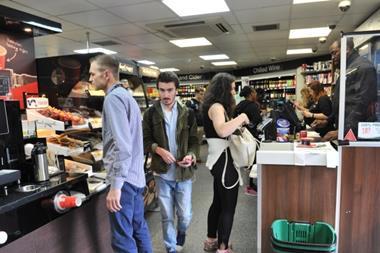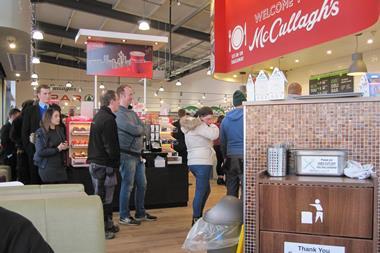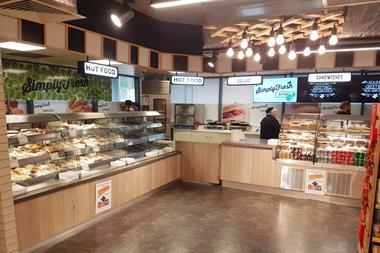Sherborne ultimatum

Tesco must be used to local opposition to its ambitions by now, but even it must have been shocked by the resistance it met from traders and residents in Sherborne. Robin Mannering reports.
ALREADY HAVE A REGISTERED USER ACCOUNT? PLEASE LOG IN HERE
To read the full story join the ConvenienceStore.co.uk community today!
Registration is quick and easy and provides access to:
- Unlimited ConvenienceStore.co.uk articles
- Our great range of newsletters
- Content you’ve saved for later via the ‘my library’ feature
And much more…































